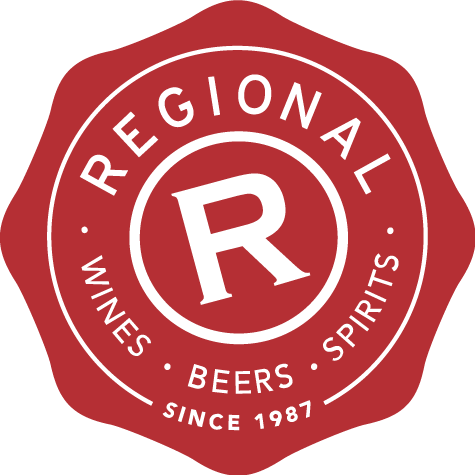As the fumes of citrus zest, star anise and ginger intermingled evocatively in the Regional Wines tasting room, a selection of six gins courtesy of the craft distillers from Four Pillars were gently warming to room temperature. It was an act of defiance of sorts - as they would soon be combined with lashings of ice, garnish and tonic water under the guidance of James Irvine, Creative Director, and become the drinks they were always destined to be in the guise of the world’s most ordered cocktail.
First up was the Rare Dry Gin, famous for its use of whole oranges and whose strong aromatics balance handsomely with the spice from cinnamon, star anise and Tasmanian pepperberry. The simple addition of a slice of orange and tonic was all that was needed to bring out its clean and concise flavours.
It is Count Camillo Negroni whom we should thank for the second gin, and who in asking for his Americano to be strengthened with gin in 1919 in Florence, created the first Negroni. Designed specifically to stand up to its co-inhabitants in a decent Negroni, this Spiced Negroni Gin shows weight and fragrance through increased Tasmanian Pepperberry, cinnamon and the addition of the exotic West African spice called Grains of Paradise, a member of the ginger family famous for its pepper and citrus flavours.
Next was the Navy Strength Gin - an explosively flavoured number which any seadog could rely on to light his or her gunpowder. The secret ingredient is Australian native finger lime which helps pull out the spicy Asian aromatics from coriander, star anise, turmeric and ginger. The results are sweet and juicy as well as big and spicy, offering a liquid example of the colonial and sub continental influences on gin.
The final three were a masterclass in the fusion of wine and gin - and showed why Four Pillars has developed a reputation for classical gin with a modern twist.
The Bloody Shiraz Gin, a compound gin or maceration of the Rare Dry Gin and Shiraz grapes from the Yarra was a blast of sweet red fruit, balanced by tannin and spice, and which drank beautifully on its own with a cube or two of ice, and also transformed into an exotic beast though the addition of Yuzu tonic, lemons and Lime. Starting life as a marketing stunt, this gin has become their most successful, and keeping up with demand is now its biggest issue.
The final two gins split the room, with the Chardonnay barrel aged gin offering savoury, resinous pine like notes from its time in an Australian oak solera, and the sherry cask aged gin showing obvious similarities with sherry aged whisky; subtle toffee sweetness but again balanced by botanical spice.
James demonstrated a love and knowledge that is obviously one of the secret and intangible ingredients used in the creation of the Four Pillars gins, and one feels that, in the current wave of gin enthusiasm, the story of Four Pillars has only just begun.
(The two barrel aged gins are available in minuscule quantities in store at Regional Wines.)

